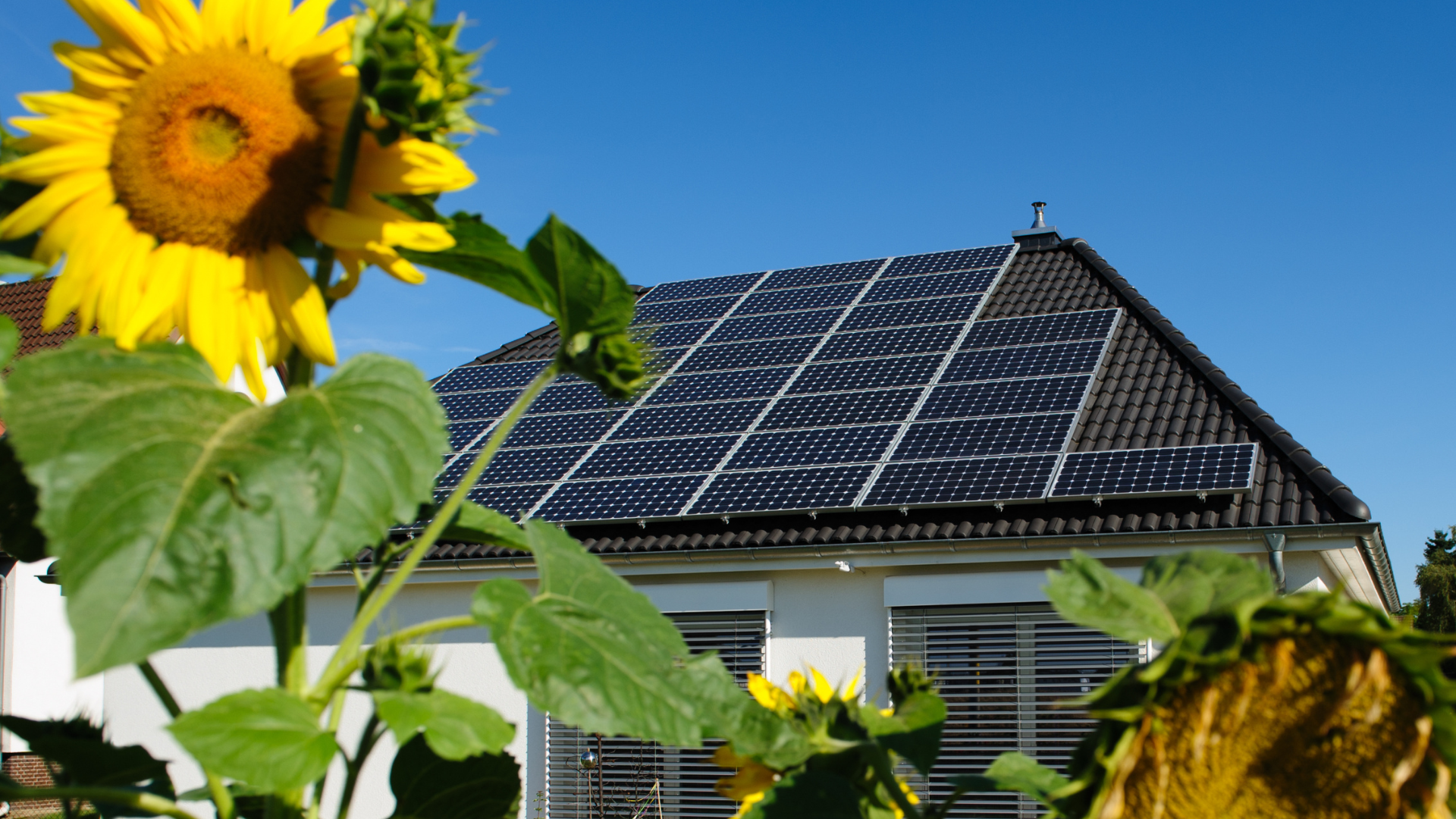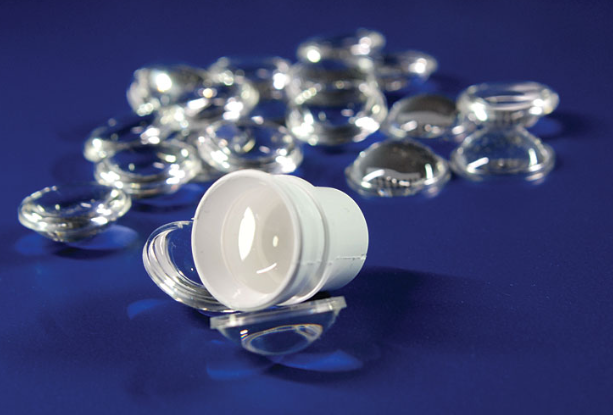If you're reading this, you're probably already acquainted with solar energy harnessed through photovoltaic (PV) panels, those rooftop installations you might spot on your neighbors' homes. But concentrated solar power (CSP) takes a slightly different approach to generating solar energy, relying on mirrors rather than individual panels. The idea behind CSP is straightforward: mirrors collect sunlight and concentrate it onto a specific focal point. This intense concentration of light generates heat, which is then used to produce steam. The steam drives a turbine, and voilà — electricity is generated. Unlike PV systems, which depend directly on sunlight, CSP systems utilize thermal energy storage (TES) technologies to store heat, allowing them to produce electricity even when the sun isn't shining. This ability to store thermal energy makes CSP systems more efficient and better suited for energy storage compared to PV systems, which require direct sunlight to function. Moreover, CSP systems can be integrated with other energy sources like coal, natural gas, or biofuels to form hybrid power plants, enhancing their versatility. But how exactly does this work in practice? Let's break it down into the four main types of CSP technologies. Parabolic trough systems feature long, curved mirrors arranged in parallel rows. These mirrors follow the sun's path throughout the day, concentrating sunlight onto receiver tubes located along the focal line. The heat absorbed by the thermal oil inside these tubes can reach temperatures between 293°C and 393°C, powering a conventional steam generator to produce electricity. Also known as central receiver systems, solar tower systems employ heliostat mirrors that track the sun and reflect sunlight onto a central receiver mounted atop a tall tower. The concentrated sunlight heats the receiver fluid to around 600°C, which is then used to generate steam. This steam powers a turbine to produce electricity, often operating 24/7 thanks to thermal energy storage. Fresnel linear systems resemble parabolic trough systems but use flat reflectors arranged in parallel rows. These rows are aligned north-south to maximize sunlight capture, focusing reflected light onto a receiver tube positioned overhead. Like other CSP systems, Fresnel linear setups can incorporate thermal energy storage or generate steam directly. Parabolic dish systems consist of highly reflective dishes that track the sun and concentrate sunlight onto a small receiver mounted at the focal point. These dishes can achieve extremely high temperatures, making them ideal for applications like solar reactors or high-efficiency electricity generation. Now that we've explored the mechanics of CSP, let's consider why this technology holds so much promise. Of course, no technology is without its drawbacks. CSP faces several challenges that must be addressed for widespread adoption. While CSP faces obstacles, its potential remains immense. Across the globe, countries are already leveraging this technology to meet their energy needs. For instance, Spain leads the way with approximately 42% of the world's CSP installations, totaling around 5,500 MW of installed capacity. The Planta Solar 10 (PS10), Spain's pioneering solar power tower, marked the beginning of a new era in solar energy. Dubai's Noor Energy 1 project, currently under construction, represents another milestone in CSP innovation. With a capacity of 700 MW, this plant combines parabolic troughs and solar towers, aligning perfectly with Dubai's commitment to sustainable development. Meanwhile, the United States boasts 52 operational CSP plants, further solidifying its position as a leader in renewable energy. Research is ongoing to explore the possibility of using CSP to extract carbon dioxide from the atmosphere and convert it into usable fuel. If successful, this breakthrough could revolutionize air quality and mitigate global warming. As nations continue to prioritize sustainability, CSP stands poised to play a pivotal role in shaping the energy landscape for generations to come. Curious to learn more about solar power solutions and how you can contribute to a greener future? Explore additional resources here. Superior Transparency, Chemical Resistance ,Fast Curing liquid silicone, UV Resistance, Durability Ninja Silicone , https://www.ninjasilicone.com
Four Types of Concentrated Solar Power Technologies
Parabolic Trough Systems
Solar Tower Systems
Fresnel Linear Systems
Parabolic Dish Systems
The Benefits of Concentrated Solar Power
The Challenges of Concentrated Solar Power
Is Concentrated Solar Power the Future?

What is Concentrated Solar Power?
Optical liquid silicone rubber
Transparent liquid silicone rubber is a highly transparent and high-performance synthetic material that operates stably across extreme temperature ranges and offers excellent resistance to various chemicals. Its electrical insulation properties make it suitable for encapsulating electronic components, while certain formulations meet biocompatibility standards, making it ideal for medical and food contact applications. This material is easy to process and is widely used in lighting, optical components, and various industrial products, making it a favored choice due to its outstanding performance